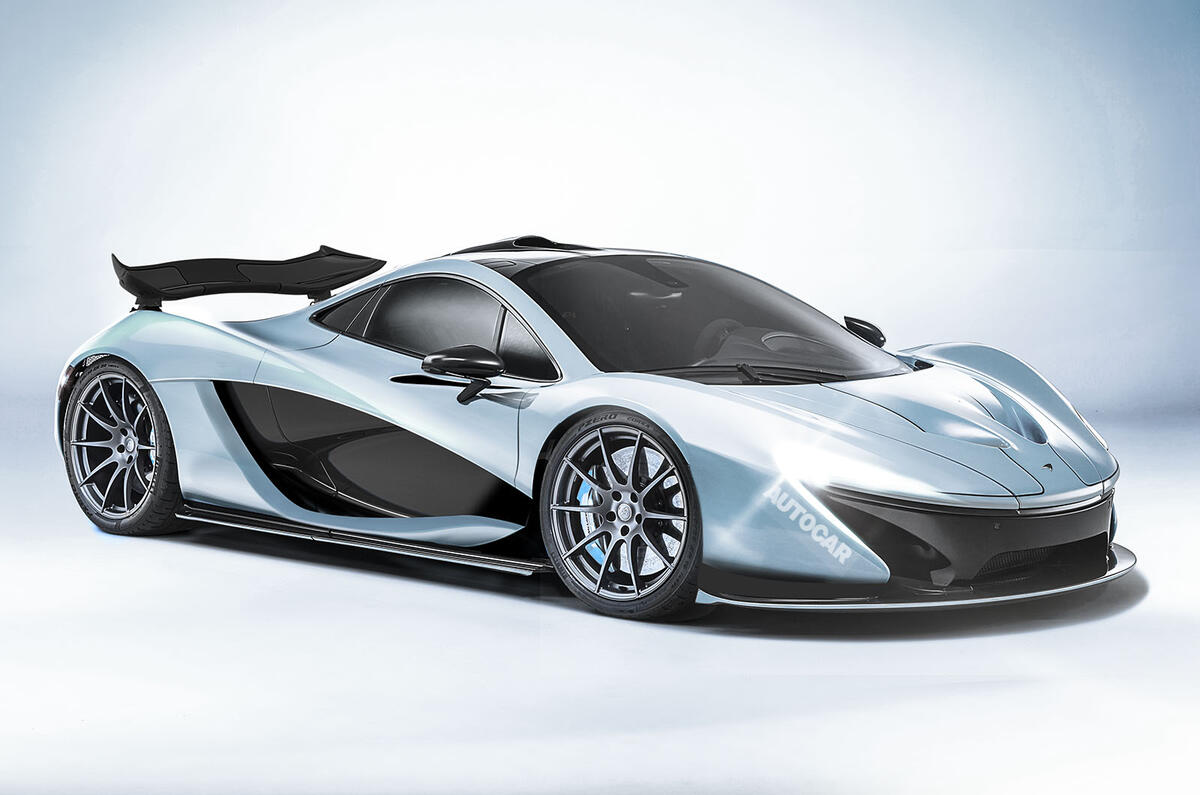McLaren’s 650S replacement, known internally as P14, is set to make its debut next year, most likely at the Geneva motor show in March. It will be the first new model in a £1 billion, 15-car roll-out that was announced in Geneva this year and is due to be completed by 2022.
212mph McLaren 720S revealed at Geneva motor show
McLaren online forums have been full of speculation that the P14’s eventual title will start with a '7', indicating at least 700bhp, but a McLaren spokesman has said this is unlikely.
McLaren CEO Mike Flewitt confirmed in Geneva that the P14 will use a development of the firm’s existing twin-turbo V8. He also said the P14 will be based on a variation of the current MonoCell carbonfibre tub, probably incorporating many of the changes made to improve accessibility in the Sports Series.
The McLaren 650S replacement has been spotted testing - check it out here:
However, the new model will also be different from the 650S because it has been given aggressive performance targets intended to create clear space between it and the Sports Series cars, such as the 570S.
Flewitt said: “It’s about being smart with the component set, developing what you need to give unique character and definition to a vehicle, but equally being as investment-efficient and engineering-efficient as you can.”
Also expected are radical active aerodynamics, which have been designed into the car from first principles.
McLaren P14 Monocage II revealed ahead of Geneva debut
McLaren design director Frank Stephenson said: “It’s not about us creating something beautiful and then throwing it at the engineers and saying ‘build it’ and them saying ‘we can’t’. We’ve worked together at every step of the process. I can’t tell you how integrated we are. It’s like no other car company.”
Stephenson also revealed that the design will be a “big leap” for McLaren. He said: “It’s unpredictable. It will raise eyebrows. It’s got a lot of things that just haven’t been done in car design before.” Ultra-powerful LED lights will enable the P14 to shift to a completely new front-end graphic and the cabin has been completely rethought, with an intuitive control system.
Beyond the P14, McLaren said in a new investment announcement that half the cars it produces will be hybrids by 2022. Most people have taken this to mean that half of the company’s sales volume will be part-electric by that date. However, a McLaren insider has indicated that the figure should actually be seen as an aspiration to make half of the company’s models hybrids by that date.
It has also been confirmed that McLaren won’t offer hybrid and non-hybrid versions of the same car, so no 570S and 570Sh. Meanwhile, variants such as the 675LT will remain as distinct as that model is from the 650S. It is likely that future hybrid tech will initially be offered on performance derivatives, potentially meaning that we will see versions of it used on both P14 and Sports Series variants.
McLaren has also revealed that the eventual P1 replacement isn’t part of the 2022 model plan. However, the company’s stated aim of continuing to produce Ultimate Series models suggests we will be see something completely new in this sector before a P1 successor appears. “We’ve never said every Ultimate Series McLaren has to cost upwards of $1 million — just that it will be positioned above the Sports Series and offer a clear performance step,” said a McLaren spokesman.
In the more distant future, it is also understood that McLaren is working on a new six-cylinder engine, most likely based on the same component set as the existing V8, in order to help trim emissions. Flewitt wouldn’t confirm the engine’s existence, but he did drop broad hints.
“Eventually cylinder count will come down, but that’s beyond the end of this development cycle,” he said. “Our powertrain engineers’ vision is that we go from a big, powerful engine to, eventually, an EV, and on the journey there you’ve got a period of hybridisation, minimal at first but eventually turning the combustion engine into a minority partner.”
A McLaren spokesman confirmed separately that the powertrain development cycle should be seen as being separate from the 2022 investment plan, implying that tougher CO2 emission targets make it likely that we will see the downsized six-cylinder engine before then.
Flewitt’s ambition to make a hybrid “weight neutral” is also a clear indication that the firm is likely to be working with a smaller engine, with electrical assistance offsetting any performance loss from the internal combustion side of the powertrain.
“The P1 had 170kg [of electric powertrain] if you added it up,” Flewitt said. “I think that today we’re within a 30-50kg weight penalty for a hybrid, but I want to eliminate that and get it to zero — then really hack off my engineers by saying we want to make it even lighter than a conventional powertrain would be.”




Join the debate
Add your comment
Nothing about this article
McLaren
Eh?
'electric turbochargers' How would they work, then?
Electronic turbochargers;
Better engineering
That's also not true. The
That's not even slightly true